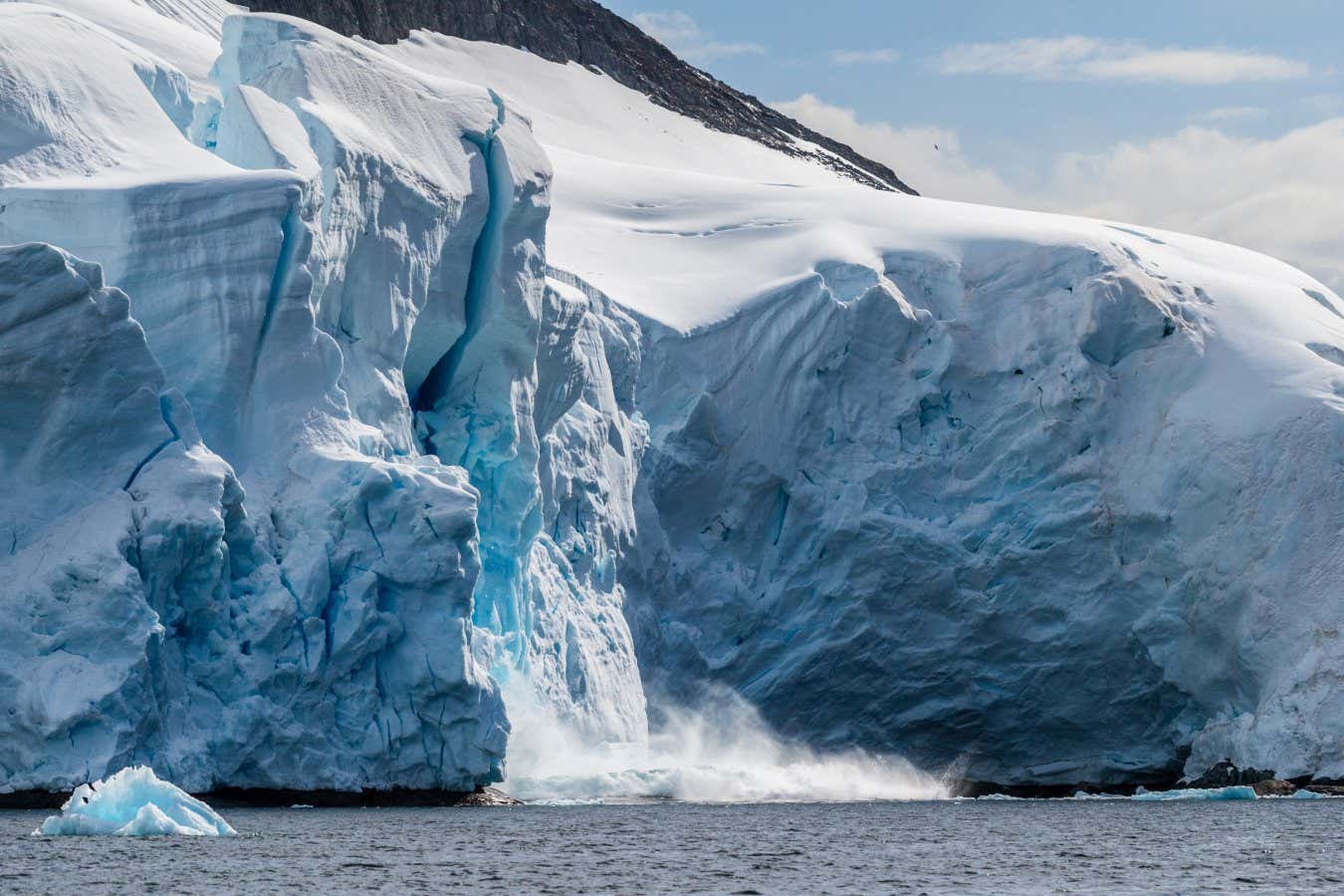Environment: Potential for both harm and positive change, particularly regarding energy consumption and resource management.
The environment, a complex web of ecosystems, is at a critical juncture. Human activities have historically led to both harm and potential positive change, particularly concerning energy consumption and resource management. Understanding this duality is essential for crafting effective policies and practices that safeguard our planet for future generations.
Harm: The Dark Side of Energy Consumption
Fossil Fuels and Climate Change
The predominant reliance on fossil fuels has significantly contributed to atmospheric carbon dioxide levels, leading to climate change. The burning of coal, oil, and gas for energy releases greenhouse gases, which trap heat and disrupt weather patterns. This manifests as severe weather events—hurricanes, floods, and droughts—that threaten human life and biodiversity.
Deforestation and Resource Depletion
In the pursuit of energy, particularly in developing nations, deforestation has become rampant. Trees, which play a critical role in carbon sequestration, are often felled to clear land for agriculture or to harvest wood for energy. This not only diminishes biodiversity but also reduces the Earth’s capacity to absorb carbon, further exacerbating climate change.
Pollution and Health Hazards
The extraction and use of fossil fuels also pollute air and water. Oil spills, coal mining, and the hydraulic fracturing process can release toxins that harm both the environment and human health. Communities near these operations often suffer from increased rates of respiratory illnesses and other health problems, highlighting the human cost of energy consumption.
Positive Change: Innovations in Energy and Resource Management
Renewable Energy Revolution
On the brighter side, the transition to renewable energy sources such as solar, wind, and hydroelectric power holds immense potential for positive change. These clean energy alternatives not only reduce greenhouse gas emissions but also promote energy independence. Innovations in technology, such as more efficient solar panels and wind turbines, have made renewable energy increasingly viable and cost-effective.
Circular Economy and Sustainable Resource Management
The concept of a circular economy is gaining traction as a sustainable alternative to the linear model of ‘take, make, dispose.’ In a circular economy, resources are reused, remanufactured, and recycled, minimizing waste and ensuring that resources are managed sustainably. Practices such as zero-waste initiatives and biodegradable materials are being adopted to mitigate resource depletion and lessen environmental impact.
Community Engagement and Policy Changes
Grassroots movements and public awareness have also grown, pushing for systemic changes in energy consumption and resource management. Community-led initiatives focusing on clean energy projects, such as solar co-ops, are inspiring local action. Additionally, policy shifts at national and international levels are advocating for sustainability, such as the Paris Agreement, which aims to unite countries in the fight against climate change.
Balancing Harm and Positive Change
While the harm done to our environment through energy consumption is significant, it is crucial to recognize the potential for positive change. The challenge lies in balancing these forces to create a sustainable future. Transitioning to renewable energy, embracing sustainable practices, and fostering community engagement are vital for mitigating harm and fostering positive environmental outcomes.
Conclusion
The environment presents a tapestry of challenges and opportunities. As we navigate the complexities of energy consumption and resource management, it is essential to adopt a holistic approach that considers both the harm inflicted and the potential for positive change. By embracing innovation, sustainability, and collective action, we can work towards a healthier planet that benefits both people and ecosystems. The choice is ours—will we continue down a path of harm, or will we harness our ingenuity for a sustainable future? The answer lies in our hands, urging us toward informed decisions and united efforts in the face of an ever-changing landscape.
Share this content:



إرسال التعليق